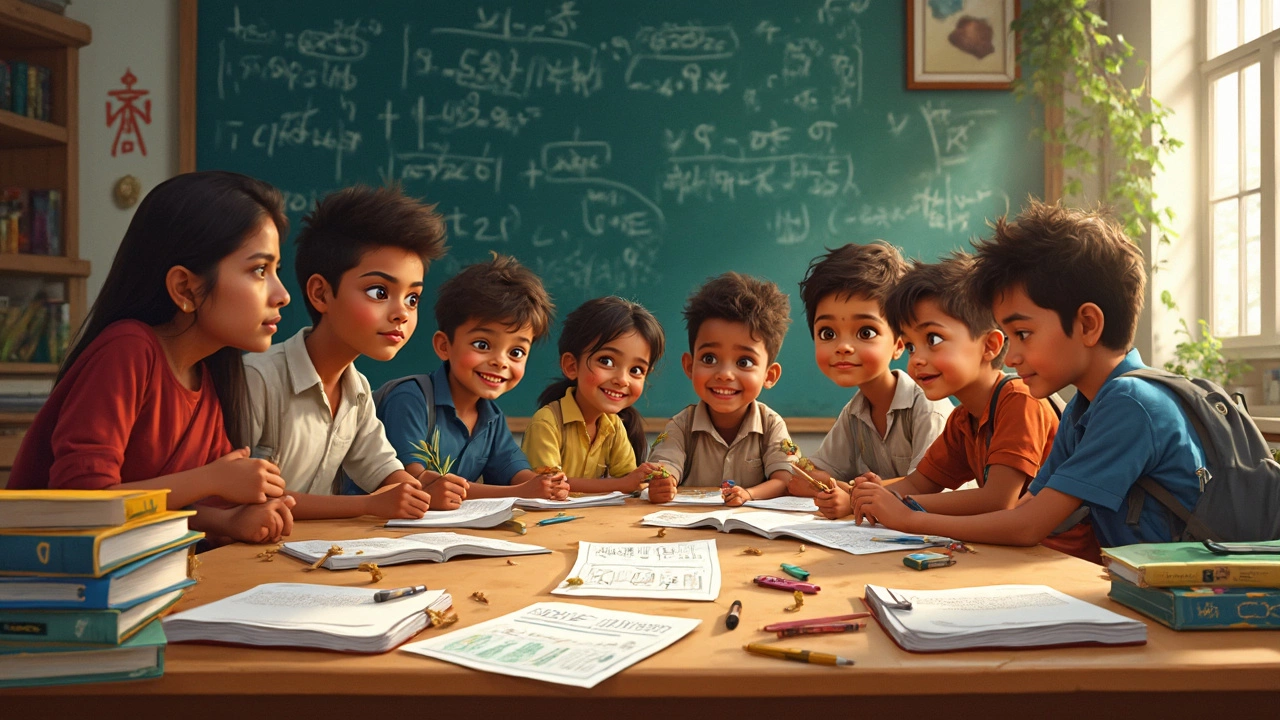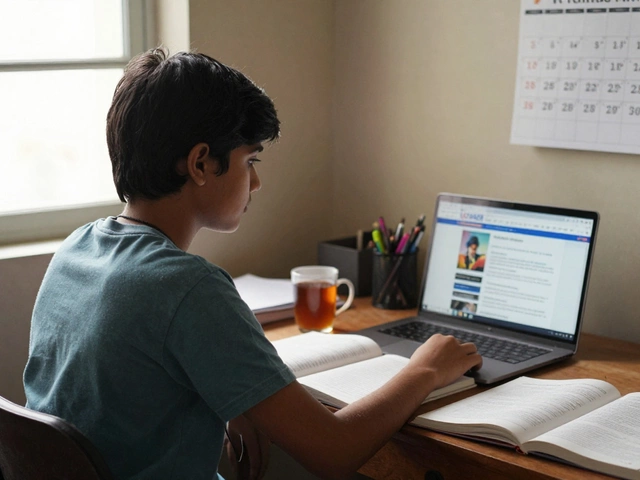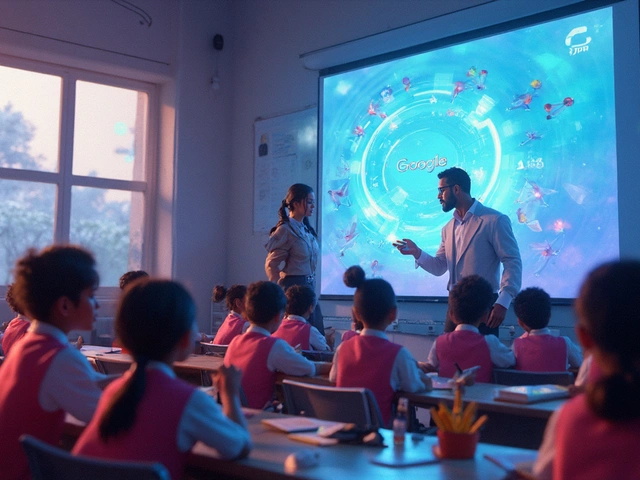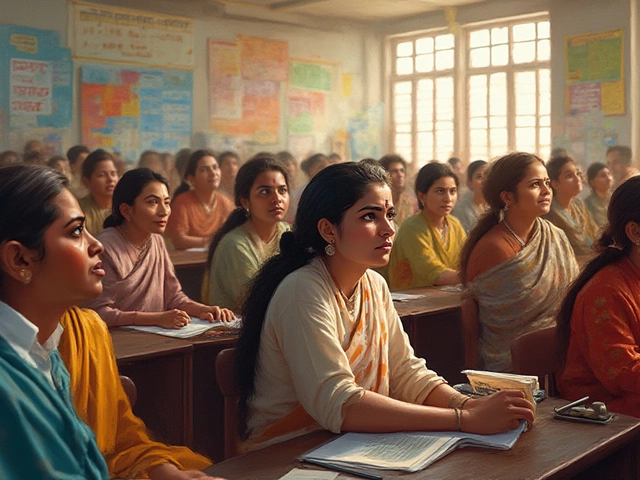School Curriculum: What It Really Includes and How It Shapes Learning in India
When we talk about school curriculum, the official plan for what students learn in school, including subjects, skills, and assessment methods. Also known as syllabus, it’s not just a list of textbooks—it’s the hidden engine behind how kids think, solve problems, and prepare for life after school. In India, this engine runs on three main systems: CBSE, ICSE, and state boards. Each one has different goals, pacing, and focus. CBSE pushes students toward competitive exams like JEE and NEET with a standardized, exam-driven structure. ICSE dives deeper into language, critical thinking, and project-based learning. State boards often tie closer to local culture and language, making them more accessible but sometimes less portable for national or international opportunities.
The CBSE syllabus, the most widely followed curriculum across India, designed for national-level exams and uniformity is built for speed and scalability. It’s why so many coaching centers like Allen and FIITJEE base their programs on it. Meanwhile, the ICSE curriculum, a more detailed, literature-rich alternative favored by families seeking broader academic depth asks students to write essays, analyze texts, and manage heavier workloads from an early age. And then there are state board education, regional systems that vary by state, often focusing on local languages and less pressure for national rankings. These aren’t "worse"—they’re just different tools for different homes, goals, and kids. A student in Tamil Nadu might thrive under the state board’s practical focus, while a kid in Delhi might need CBSE’s structure to aim for IIT.
What’s missing from most conversations about the school curriculum is how it shapes confidence, not just grades. The way a child learns math in CBSE versus ICSE changes how they see failure. The pressure to memorize in one system, versus analyze in another, builds different kinds of thinkers. And when parents ask, "Which board is best?"—they’re really asking, "What kind of learner is my child?" The answer isn’t in rankings. It’s in how well the curriculum matches their pace, their strengths, and their future dreams. Below, you’ll find real comparisons, student experiences, and hard data on what actually works in today’s Indian classrooms—not what’s marketed, but what’s lived.
Which School Syllabus Stands Out as the Toughest Globally? CBSE Explored
Posted by Aria Fenwick On 14 Feb, 2025 Comments (0)

Exploring the challenges and intricacies of the CBSE syllabus, this article delves into its reputation as one of the toughest school curricula worldwide. It examines the factors contributing to its complexity, compares it with other global syllabi, and offers tips for students navigating its demands. With an insight into its unique teaching approach, this read is both informative and supportive for learners and parents alike.




